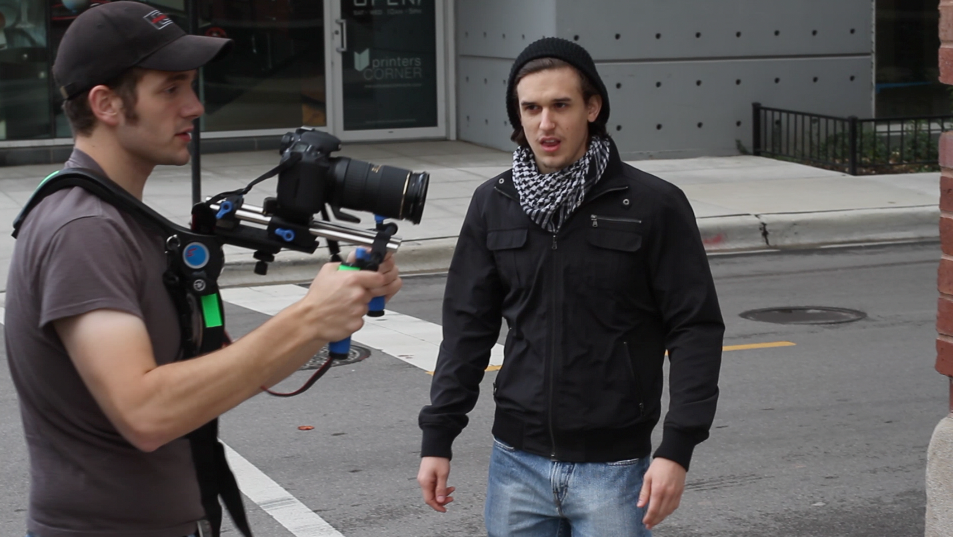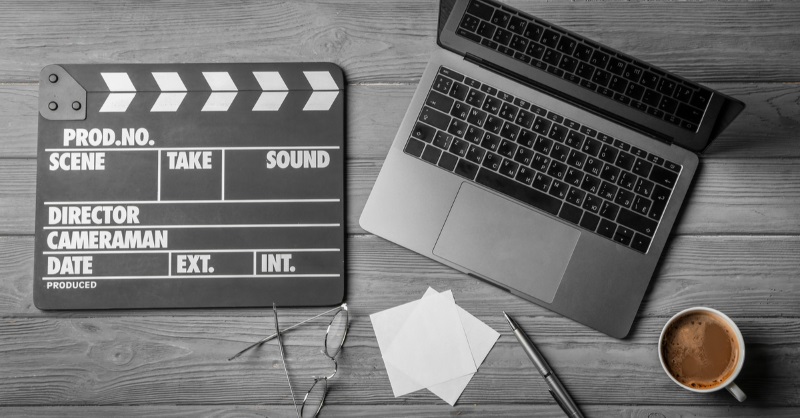
A good friend of mine gave me the best filmmaking advice when I set out on my filmmaking journey in 2011. I recall it like it was yesterday. I had just finished shooting my last bit of footage for the LA-ish Documentary, my first film. I was complaining about how I couldn’t find any editors to edit my film. Eric Canada told me, “If you learn to edit, you will never need an
editor.”
So, one day, my friend Nolan Reynolds, a fantastic wedding videographer, gave me a laptop with Adobe Premiere. He showed me how to import footage, assemble clips, control audio gain, etc. I remember sitting there, expecting Nolan to edit it for me. He assisted me whenever I had any questions, of course. To be honest, I expected Nolan to edit the film for me, boy was I
surprised. I came over for the rest of the week and edited alongside Nolan, asking him questions whenever I had them. I learned how to edit over a period of weeks and became proficient over a period of years.
So, why learn how to edit?
Cost-Effective
Every task in filmmaking will either cost you time or money. Even if you are not paying someone to edit, it does take a considerable amount of time to do so. For example, a 2-minute music video that requires no post sound mixing, etc., can range anywhere from 10 hours to 40 hours for an edit that includes:
Assemble Draft
Color Grade
Special EFX
If you charge $30 to $50 per hour, a stylized music video can run $300 to $500 for 10 hours on the low end. Most people will have flat rates when it comes to editing. Those rates can range from $1000 to $3000 for micro-budget films. I, for one, don’t have $3000 laying around per film, so if you learn how to edit, you now have a nice skill set to accompany your shooting and directing. By the way, most clients assume you will be editing and don’t view it as a separate
expense.

Improves Film Intuition & Composition
My friend, Eric Canada, told me, ‘Shoot with the edit in mind’. What I took from that is, by learning how a film is put together in post, you’ll understand what is necessary and unnecessary to shoot. The freedom to create a shot list and the ability to adjust and pivot from that shot list to get the right coverage is vital.
Let’s say you had a two-actor scene to shoot with 3 camera angles (Medium shot, Close-up shot, and extreme close-up shot) per actor to film. You’re limited to two takes per camera for a total of 12 takes. What if an actor ran late and you have 1 hour to shoot instead of the projected 4 hours? Understanding coverage and editing can help you be decisive and efficient.
Editing Pace and Mood
Have you ever seen a film and thought, ‘They could have made it thirty minutes shorter’ or ‘it was too long in certain parts’? This means the pacing of the film is off. Editors control the pacing by choosing which footage to keep and take out. They also determine how long the footage should play in each sequence.
Of course, I am oversimplifying the entire process. Editors work in conjunction with the director and producers on the film project. However, if you are a director and producer, which most micro-budget filmmakers are, you’re well on your way to becoming a well-rounded creative by learning how to edit.
As always be inspired, be encouraged, and be collaborative.
Saki Bomb